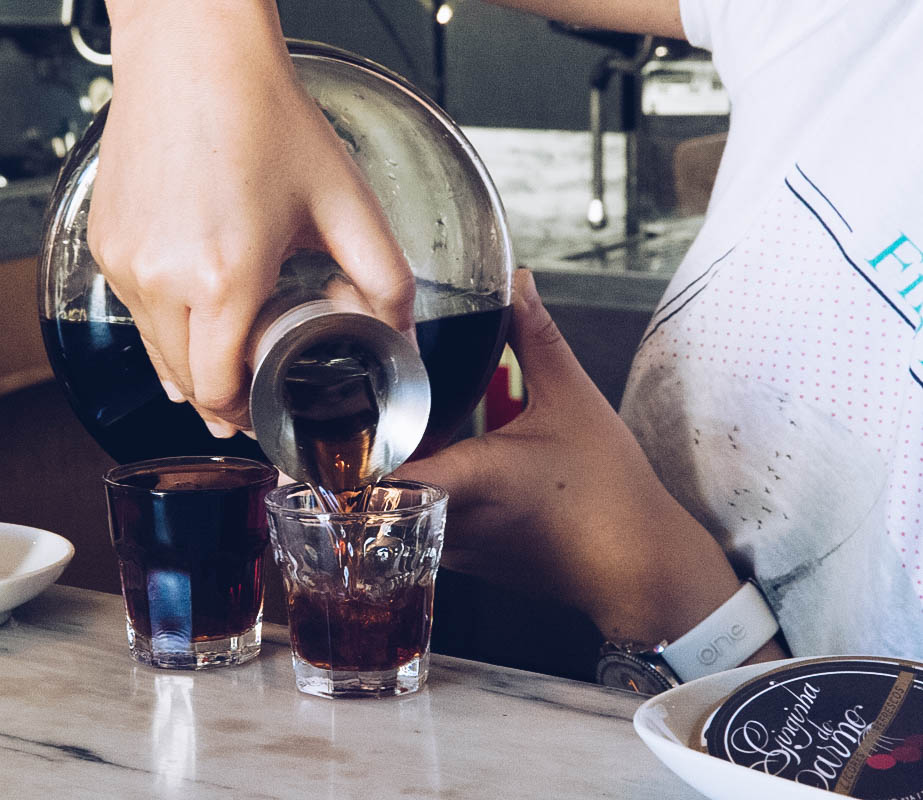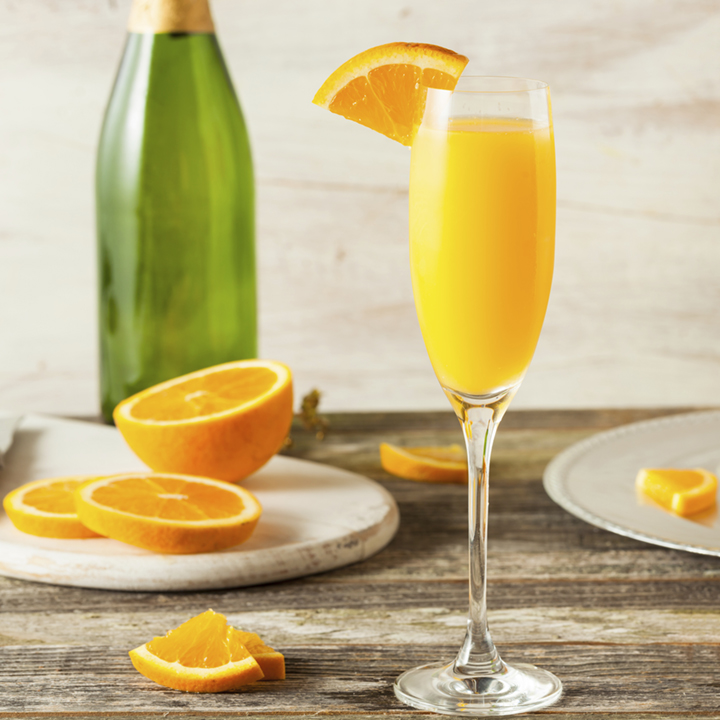The World Cup of Drinks: 16 Countries, 16 Drinks
Written by PartyAroundTheWorld18
The World Cup in Russia is finished, and it has been a tournament to remember. In honor of the 16 teams that made it out of the group stage, we take a look at the drinks that define them. In other words, 16 countries, 16 drinks. Strap in as we’ll be taking you all around the planet for the World Cup of drinks.
1. Uruguay – Grappamiel
Extremely popular in Uruguay is the grappamiel, which is a concoction that contains grappa, a fragrant, grape-based pomace brandy; spirits obtained from various grains; a sprinkling of honey, and some water.
2. Portugal – Ginjinha
Ginjinha (or simply Ginja) is made by infusing ginja berries in aguardente, plus lots of sugar. It is often served in shots, with a berry at the bottom of the cup. For the best ginja, head on over to The Ginjinha Bar at Rossio, near the Teatro Nacional Doña Maria II.
Read more about Ginjinha here
3. France – Mimosa
Champagne has long been a French favorite, and the idea to mix it with orange juice came from a bartender in The Hôtel Ritz Paris in the 1920’s. The result of this concoction is Mimosa, a tangy beverage often served during breakfast.
4. Argentina – Fernet con Coca
The liquor for all occasions in Argentina, fernet is made from flower extracts and tastes like black licorice without any sugar. Downing pure fernet, therefore, can be bewildering for the first-time drinker. But mix it with Coke and throw in some ice and you’ve got fernet con coca, a tasty and refreshing beverage that is easy to digest.
Read more about Fernet here
5. Brazil – Caipirinha
Brazil’s national drink is a sweet and refreshing cocktail made by mixing cachaça (sugarcane rum), sugar, and lime and often served with a wedge of lime. If you prefer a more fruity taste, you can opt for the caipifruta instead, which is basically the caipirinha plus crushed fresh fruits and ice.
6. Mexico – Paloma
Mexico is tequila country, so it comes as no surprise that its national drink — the Paloma — makes use of tequila. The Paloma is a mixture of tequila, grapefruit-flavored soda, and a lime wedge, and is served in a glass rimmed with salt.
7. Belgium – Black Russian
Created by the Belgian bartender Gustave Tops, the Black Russian is so named because it uses vodka, that popular Russian spirit. The Black Russian is a cocktail of 3 parts vodka and 2 parts coffee liqueur.
8. Japan – Sake
Made by fermenting bran-less rice via a process akin to brewing beer, this Japanese rice wine is Japan's national drink, and it is often served in special occasions. Its taste is just the right tinge of sweet, bitter, and savory.
9. Spain – Sangria
Sangria is a sweet wine punch made up of wine, chopped fruit, a splash of brandy for that proverbial kick, and either honey, sugar, syrup, or orange juice for that tinge of sweetness. Perfect for the hot Spanish weather.
10. Russia – Beer
Russia’s beer is vastly underrated, and very affordable. Ladbrokes in a feature detailing the cost of being a World Cup fan state that authentic Russian beers can be had at £1.15 ($1.52) a pint. Foreign brands, on the other hand, are 100% more expensive, starting at £2.20 ($2.91) for a pint of the same size. That means $20 will get you more than enough Russian beer to celebrate a victory or mourn your nation’s dashed World Cup hopes, whatever the case may be. Worth trying, in particular, are Russian craft beers, and the Culture Trip has a list of some of the best.
11. Croatia – Slivovitz
Made from distilled, fermented plum juice, Slivovitz is the national drink of Croatia, and it is a strong alcoholic drink that is very similar to brandy. A word of caution, though: Slivovitz is the strong stuff, so drink very moderately.
12. Denmark – Gammel Dansk
Gammel Dansk (Old Danish) is a bitter dram made from 28 different herbs and spices, and was created fairly recently despite what the name suggests. Again, a word of caution: This is strong stuff, as it is 38% alcohol.
13. Sweden – Brännvin
Distilled from potatoes and grain, Brännvin is usually plain and colorless, and certainly strong, with an alcohol content in the 30–38% range. A small glass filled with Brännvin is called snaps (from the German schnapps), and a shot is often accompanied by a drinking song known as snapsvisa.
14. Switzerland – Absinthe
Absinthe was once banned in Switzerland as low-grade varieties carried lots of negative side effects. But it has made a comeback, and you can sample the best absinthe at the Absinthe Trail where 16 distilleries are waiting for you.
15. Colombia – Aguardiente
By far Colombia's go-to drink, aguardiente, the Colombian version, is derived from sugarcane and flavored with aniseed. Its alcohol content hover right around 29%, and the most popular brand is Antioqueño.
16. England – Gin and Tonic
Leave it to the Brits to make a medicine more palatable by turning it into the highball cocktail we now know as gin and tonic. Made up using tonic water — whose quinine component was once used by the British East India Company to prevent malaria —and gin, then poured over ice, the iconic G and T is traditionally served with a slice or wedge of lime, which is usually squeezed lightly into the drink.
The World Cup may be over, but that doesn't mean you shouldn't consider Russia as your next destination. You can still use our budget tips on Russia, as these will help any future travelers thinking of visiting this great country. Furthermore the next time you are abroad in one of the above countries we hope that you sample their world-famous drink, and toast their success or failure at this year’s World Cup.
Cheers!!

















